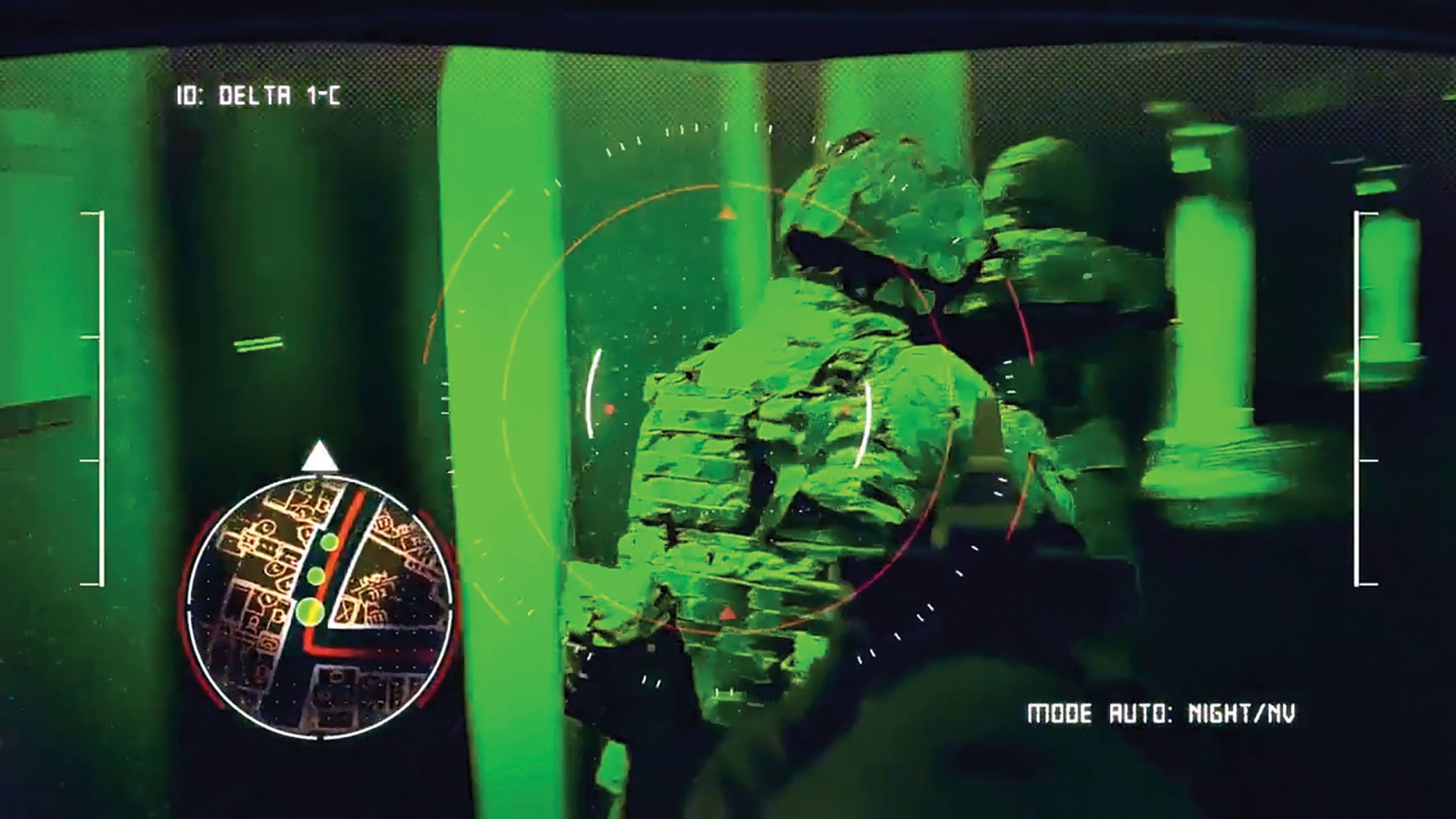This Army cross functional team is in many ways developing the gear that more soldiers will touch, use and see in action in any future conflict.
And there’s a good chance that the work they’re doing along with a host of Army and other entities will also save lives.
That’s because the Soldier Lethality CFT is going after everything from improved body armor to better marksmanship to radically improved situational awareness for the range of forces, from training to combat and home again.
Brig. Gen. David Hodne has the unique distinction of not only being the director of the SL CFT but also the Infantry School commandant. While that’s two jobs for the salary of one, it also means that he can quickly gauge what the tip-of-the-spear fighters in the Army lack and how best to leverage the full might of research, technology and experience to fill that gap.
RELATED

Hodne spoke with Army Times about the range of projects that his CFT has undertaken, where they’re at, where they’re headed and when soldiers might see some of them in their kit.
An early win came just a few weeks ago, when the CFT along with Program Executive Office-Soldier and Army Futures Command unveiled the latest in night vision technology, fielding the Enhanced Night Vision Goggle-Binocular to soldiers with the 1st Infantry Division.
That piece of gear put day/night optics, thermal sites, white phosphorus contrast, navigation information, rapid target acquisition and augmented reality in the view of the standard grunt for the first time.
That project is one example of new approaches changing how the Army is delivering capability by using soldier involvement, soldier-centric design and feedback to ensure that they’re fielding what soldiers want, Hodne said.
And it means a more nuanced way of defining “lethality,” the buzzword for the past two years.
The quick-hit version is to look at lethality simply as putting rounds on target to destroy or disable enemy formations as quickly as possible.
That holds true, but subtle efforts can see outsized changes in how that happens.
For example, Hodne said, reducing soldier load increases mobility. That means a less fatigued soldier when they arrive at the battlefield and a more agile warfighter in the close fight.
“Where I’m interested in mobility of our soldier, weight places limits on mobility, reducing weight in body armor by default satisfies one of our lines of effort,” Hodne said.
Improving situational awareness means better targeting, better accuracy, less rounds achieving more damage and reducing or eliminating civilian casualties and collateral damage.
And better situational awareness translates to the invisible realms as well. Improves signature management through electronic warfare means, better concealment and better electronic practices means a small unit is less vulnerable to discovery and attack.
But making a soldier better goes far beyond simply handing them new gear and sending them on their way.
Improved training, both standards and how performance is measured, makes a difference.
Hodne credits his predecessor, Brig. Gen. Chris Donahue, for launching efforts to transform infantry one- station unit training and beginning the overhaul of individual weapons systems training strategy that became the “Dot-40” manual changes published this summer.
The training and qualifications for everything from pistols to mortars and soon crew served weapons, will help soldiers be more adapted to how they’ll shoot in a combat environment.
While the ENVG-B is delivering advanced capabilities, work that PEO Soldier, the SL CFT and others are doing with the futuristic Integrated Visual Augmentation System, or IVAS, holds even more promise.
The goggle and software combination, for now based partially on Microsoft HoloLens technology will see a ruggedized form factor test next year.
That will allow for more realistic soldier testing to a system that will not only link the individual soldier and their squad into a deep network of assets but on the reverse allow for higher level commanders to have their own situational awareness of how their squads are performing at the lowest level.
And a partnership with the STE CFT will allow for soldiers to don the IVAS and then train in the environment in which they will fight, real-world terrain in a virtual setting, turning any barracks room into a room clearing mission anywhere in the world.
The IVAS will eventually link with the Next Generation Squad Weapon program. That program recently saw a down select to three companies to build the replacement for the Squad Automatic Weapon that will fire an entirely new 6.8mm caliber round.
The round change is expected to provide more lethal fire at farther distances than the M4.
More is in store.
Hodne said some projects down the pike include better counter-defilade options. The Army’s XM25 program was cancelled last year but the capability gap of defeating forces under cover with a direct fire munition remains.
“That’s a gap, I think,” Hodne said.
While each of the CFTs have their milestones and benchmarks and expect to continue to push their efforts, from fires to networks far into the future, the work of the infantryman remains the same and the goal is the ever-elusive overmatch that Hodne seeks.
“The infantryman will have to be able to endure hardship, overcome all obstacles and ultimately fight on to the objective. That’s still going to be tough, difficult and grueling,” he said. “That said … the equipment will be more capable, lethal and more information will be readily available to them.”
Todd South has written about crime, courts, government and the military for multiple publications since 2004 and was named a 2014 Pulitzer finalist for a co-written project on witness intimidation. Todd is a Marine veteran of the Iraq War.




